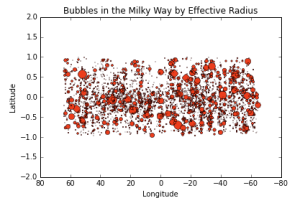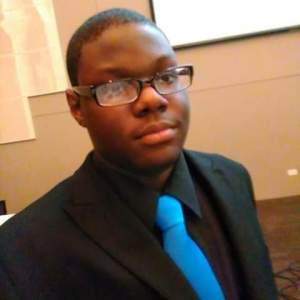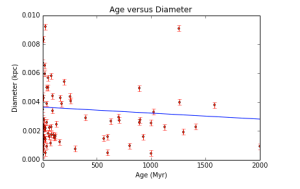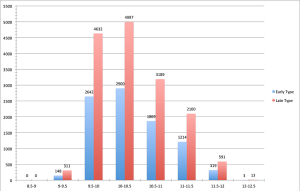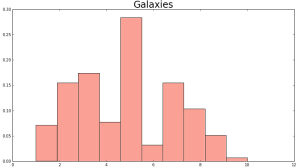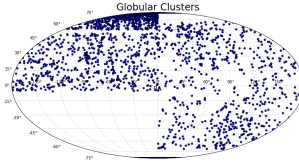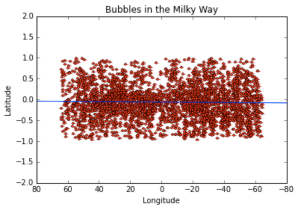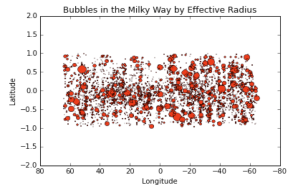by Maritza Hernandez (a 2016 Adler Astro-Journalist)
Black holes are always found in the center of galaxies and we need help to discover them. There are two ways to find a black hole. One way to find a black hole would be by their gravitational influence. For example, we could find stars rotating around a black hole. The second way to find a black hole would be observing matter falling into the black hole. The more massive galaxies have bigger black holes in them, and generally the bigger the black hole is, the easier it is to locate. Bigger (more massive) black holes can eat more matter, and when a black hole eats matter it can create jets of material and those jets can travel close to the speed of light. You can detect these jets of material by a radio telescope than we can guess the location of the black hole.
On the Radio Galaxy Zoo site, they combine radio images with infrared images to find these black holes and their jets. Most of the radio images come from the Faint Images of the Radio Sky Twenty- Centimeters or for short FIRST, but also they come from the Very Large Array (aka VLA) telescope in New Mexico. The infrared images come from the Wide-Field Infrared Survey Explorer (aka WISE) and also the Spitzer Space Telescope. Radio images comes from the jets and the infrared comes from galaxies. Infrared is the color that dust glows bright in and of course galaxies have a lot of dust. Radio Galaxy Zoo needs your help to line up the images of the jets with the galaxies to help you to find a complete black hole system. But make sure that the jets look like they are coming from the black hole/galaxy.
We need your help to find these black holes! The Radio Galaxy Zoo team hopes that you can help astronomers learn how black holes are formed, how they are found, and much more. They try to use computers to find these black holes and their material jets. But what if the computers can’t do the job? Well, it’s hard for the computers to tell whether the jets are coming from a certain galaxy. Some other reasons that they want to find black holes are that we want to know what goes on inside of a black hole and why is it that time is affected by the black hole. We also want to know what role a black hole plays in unfolding the universe.


